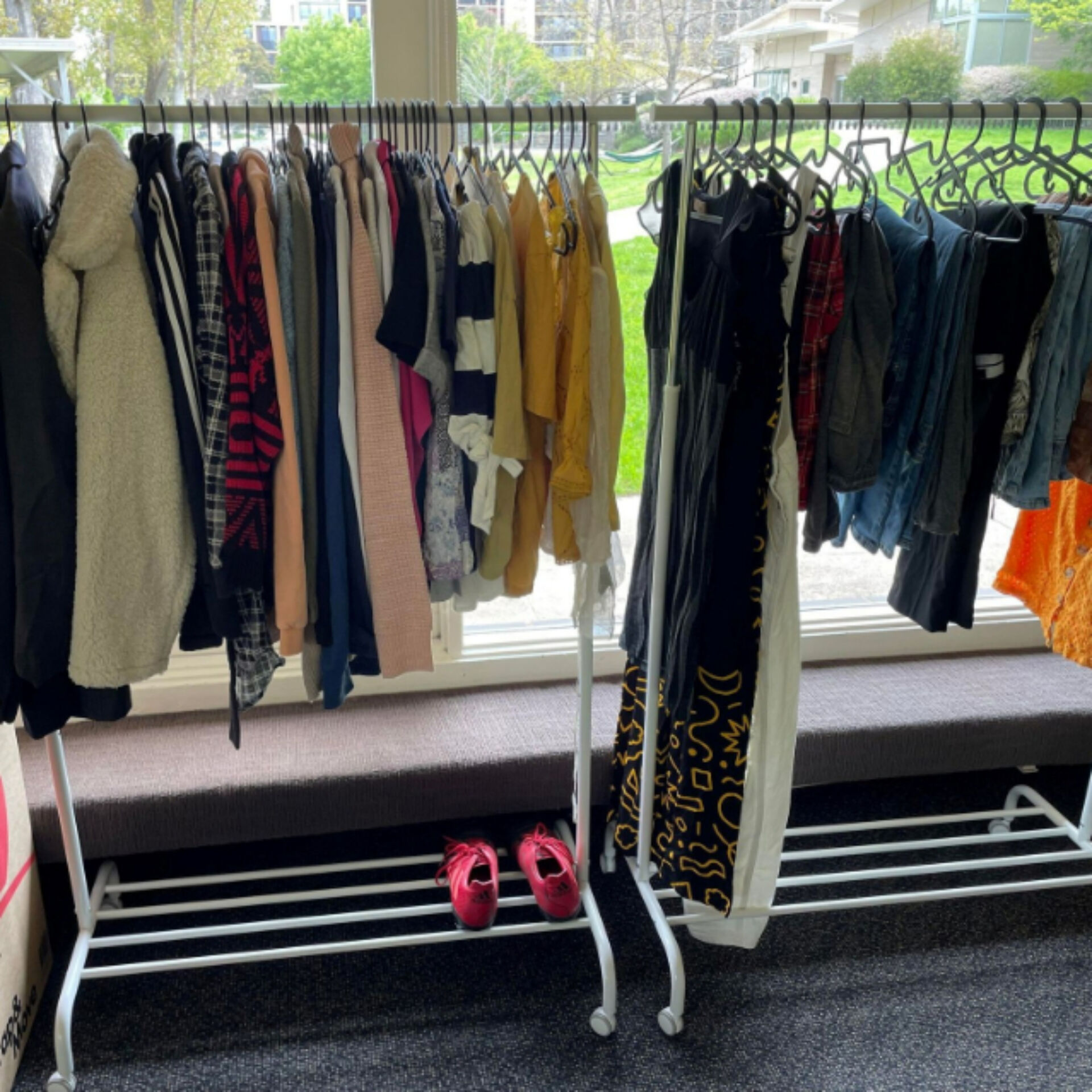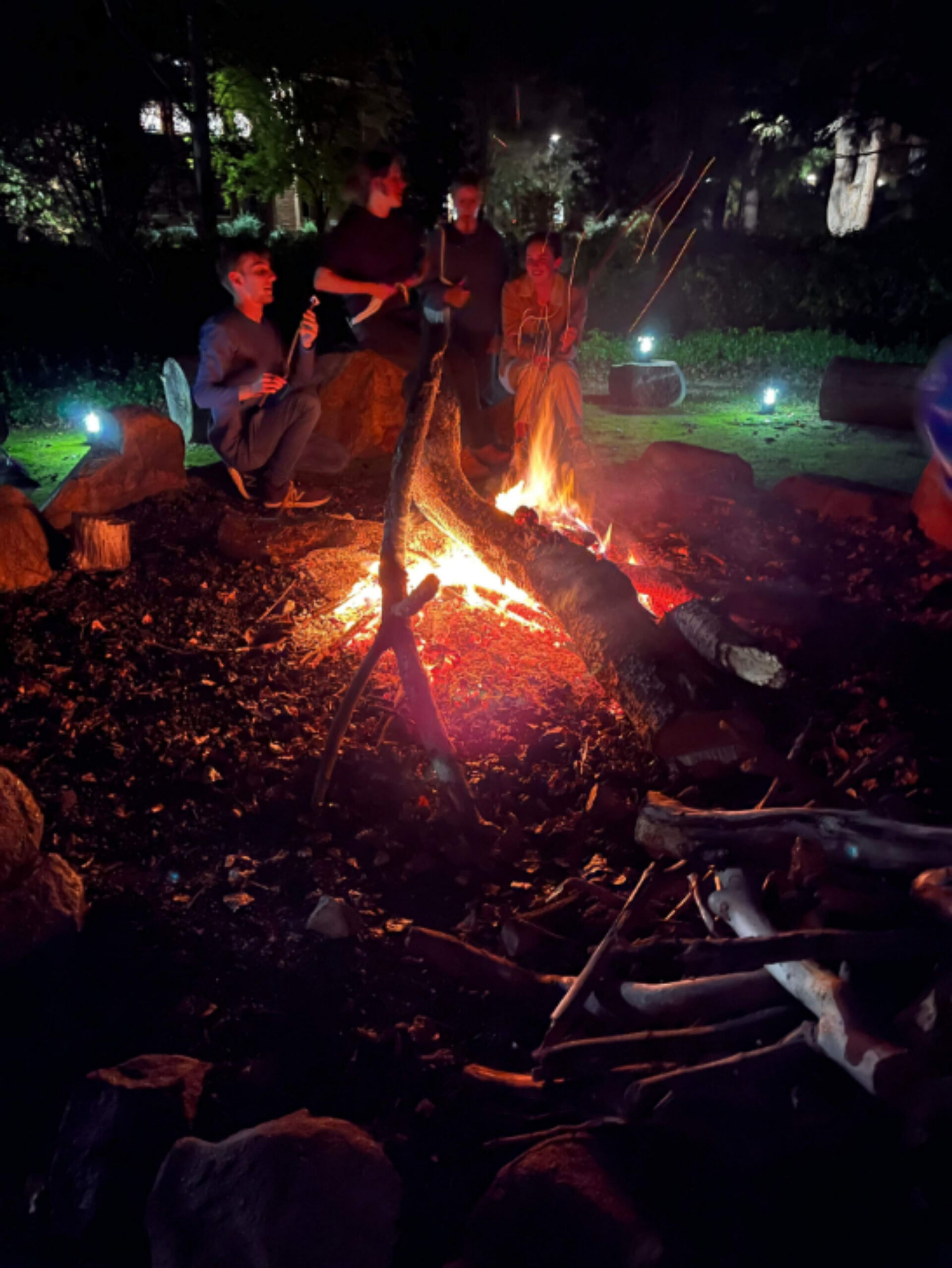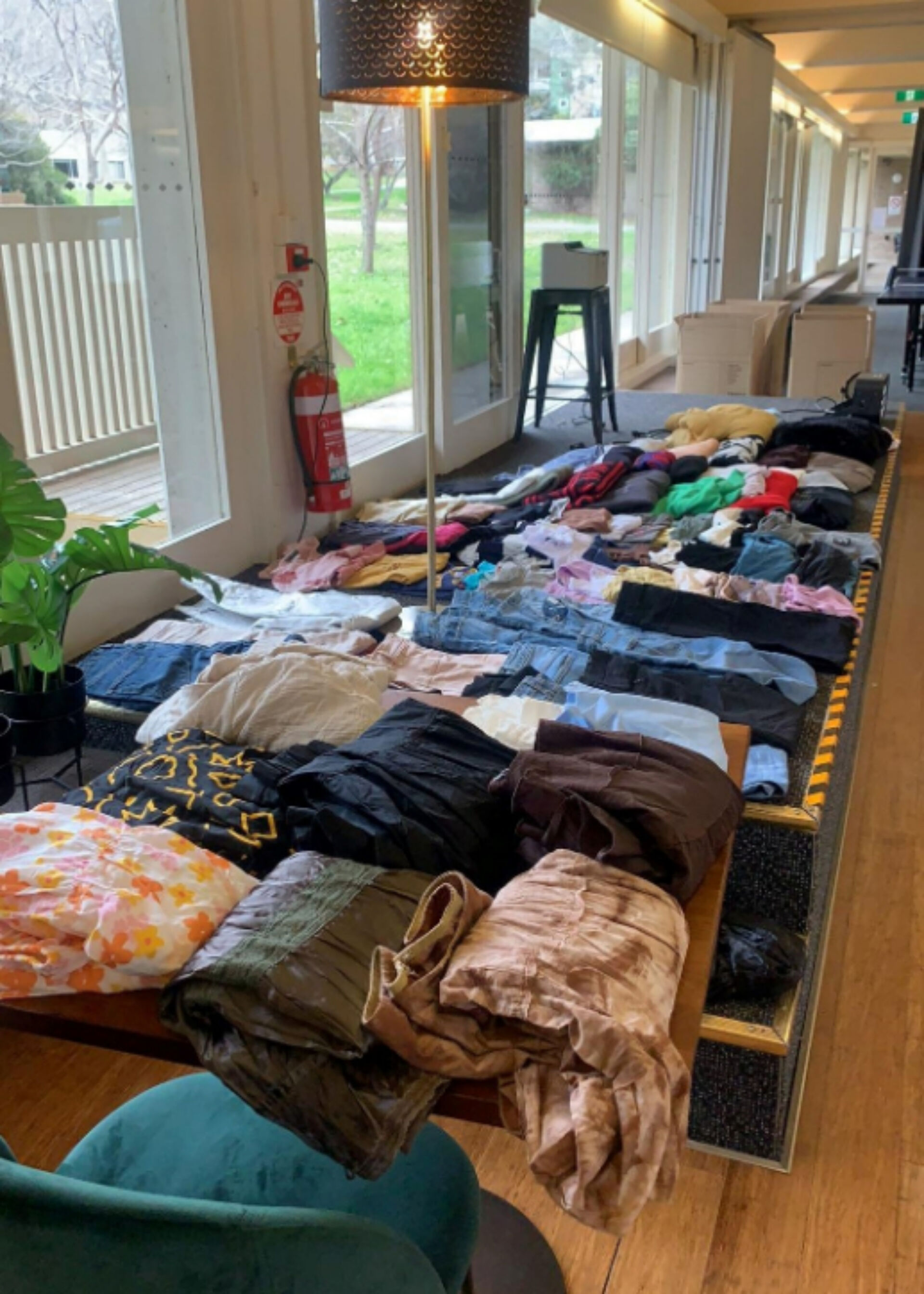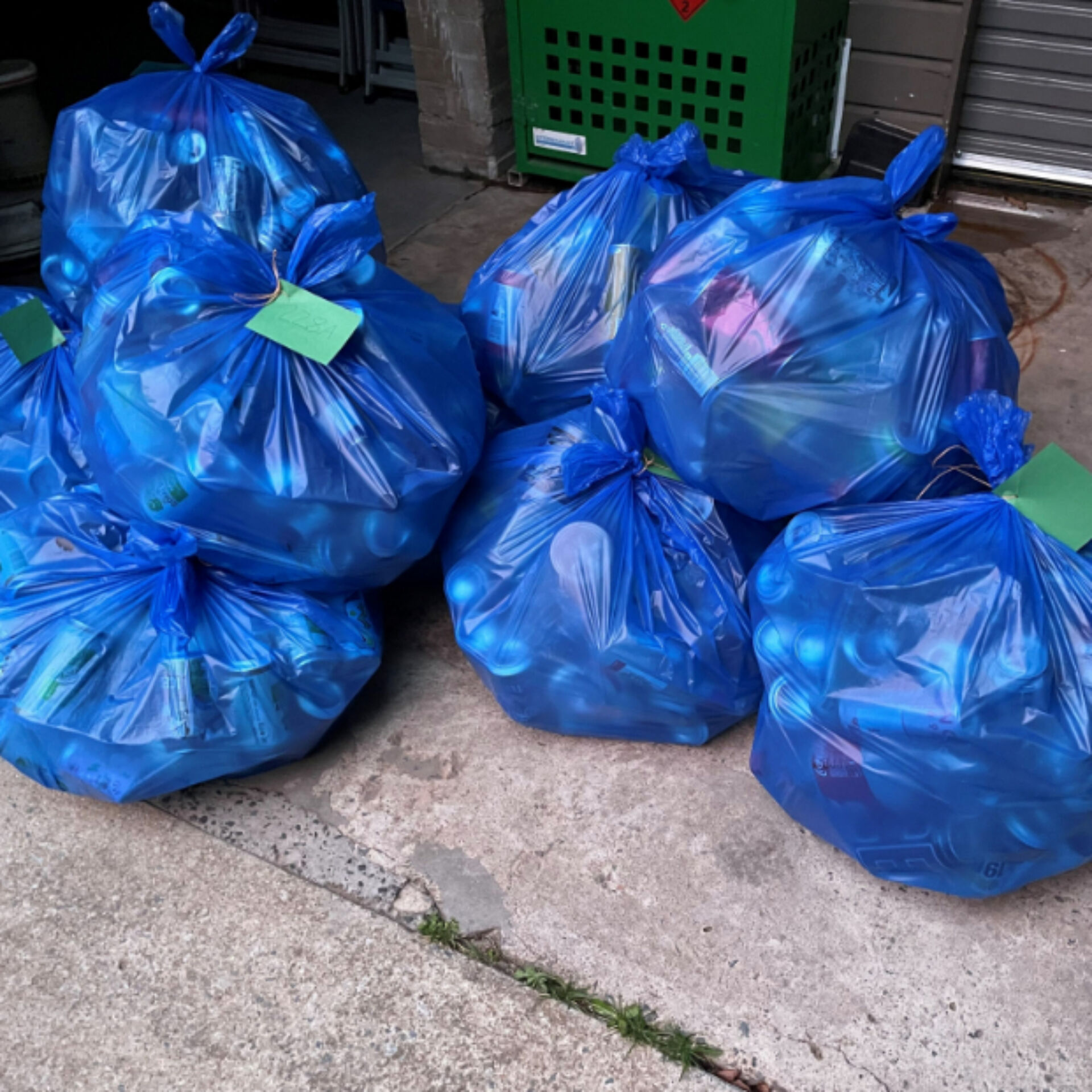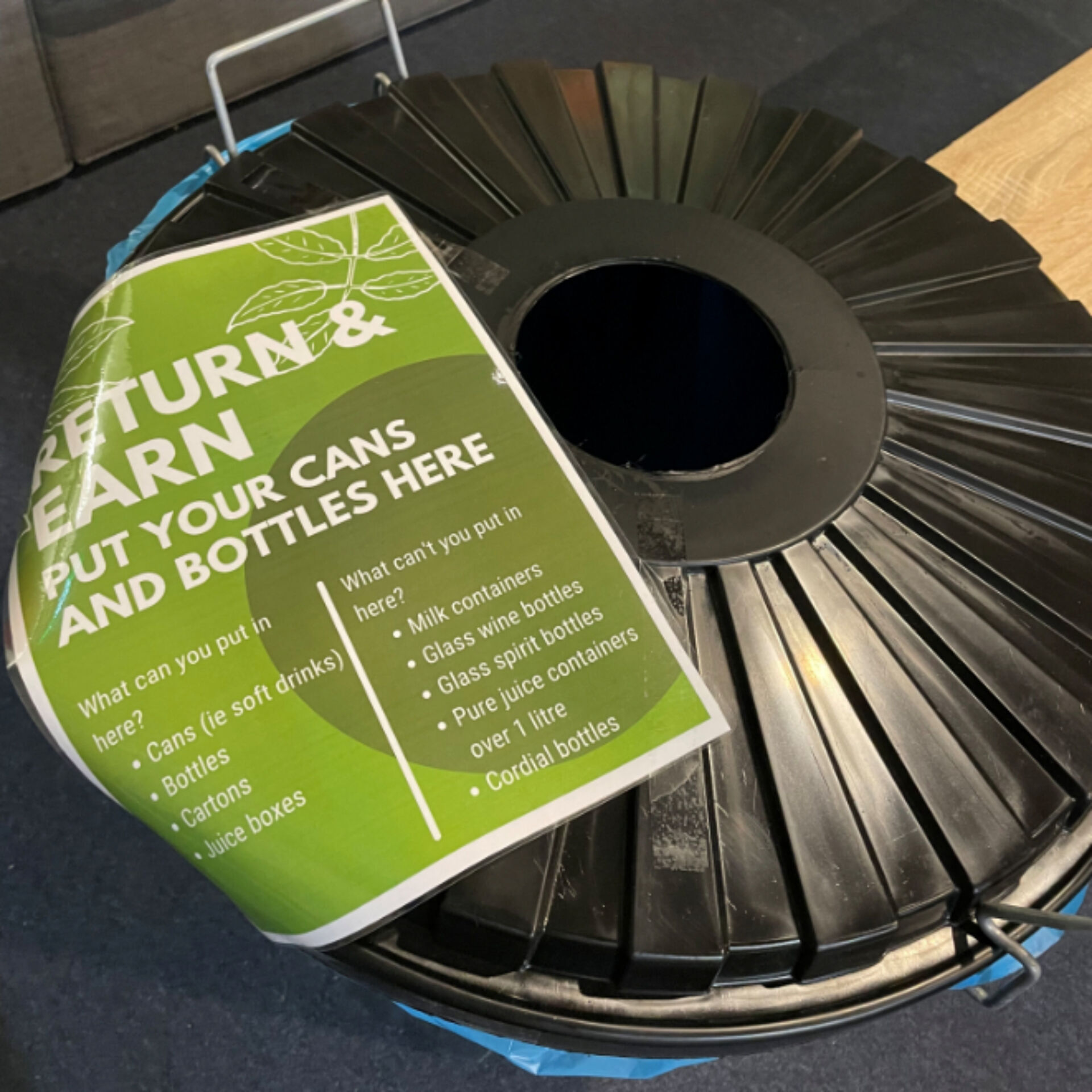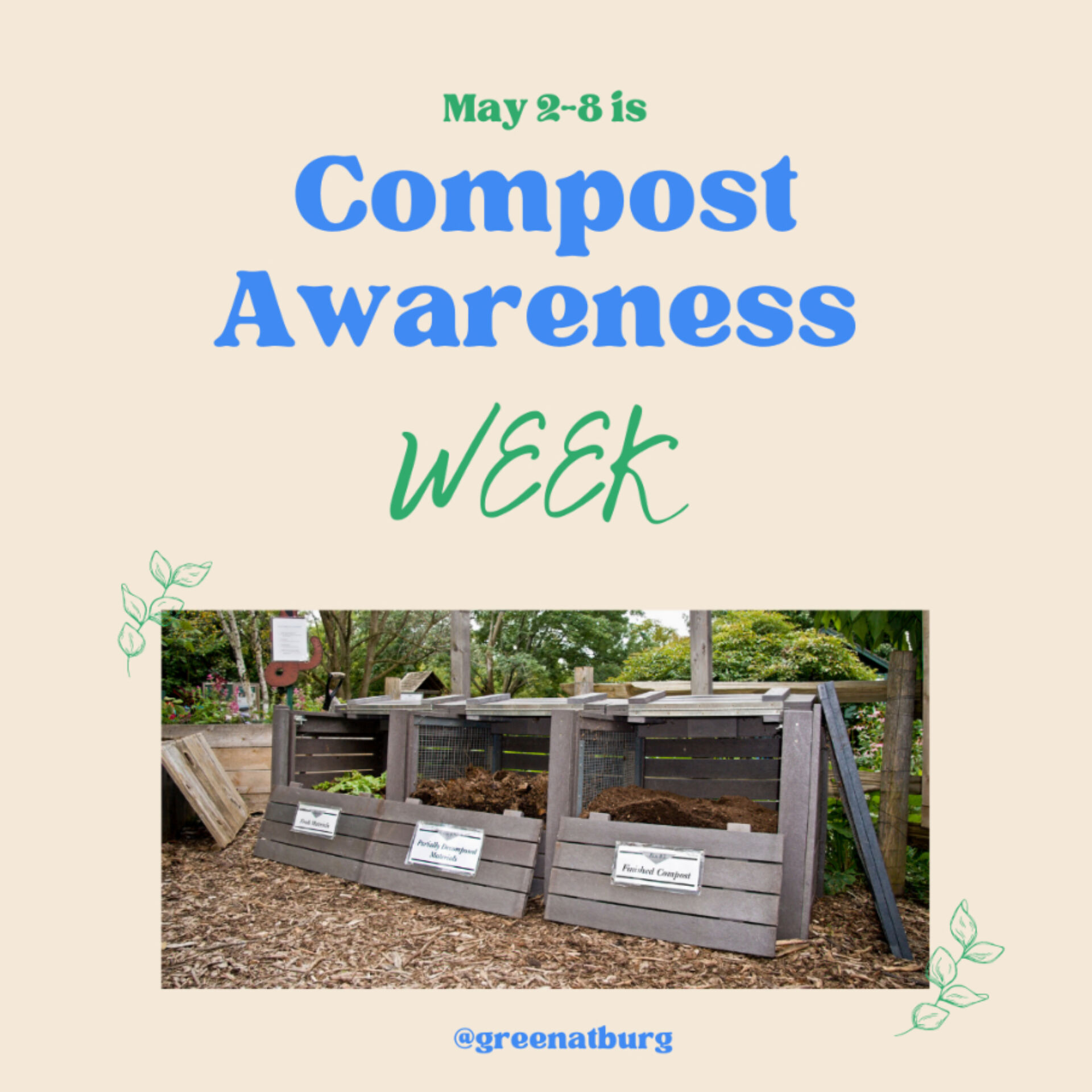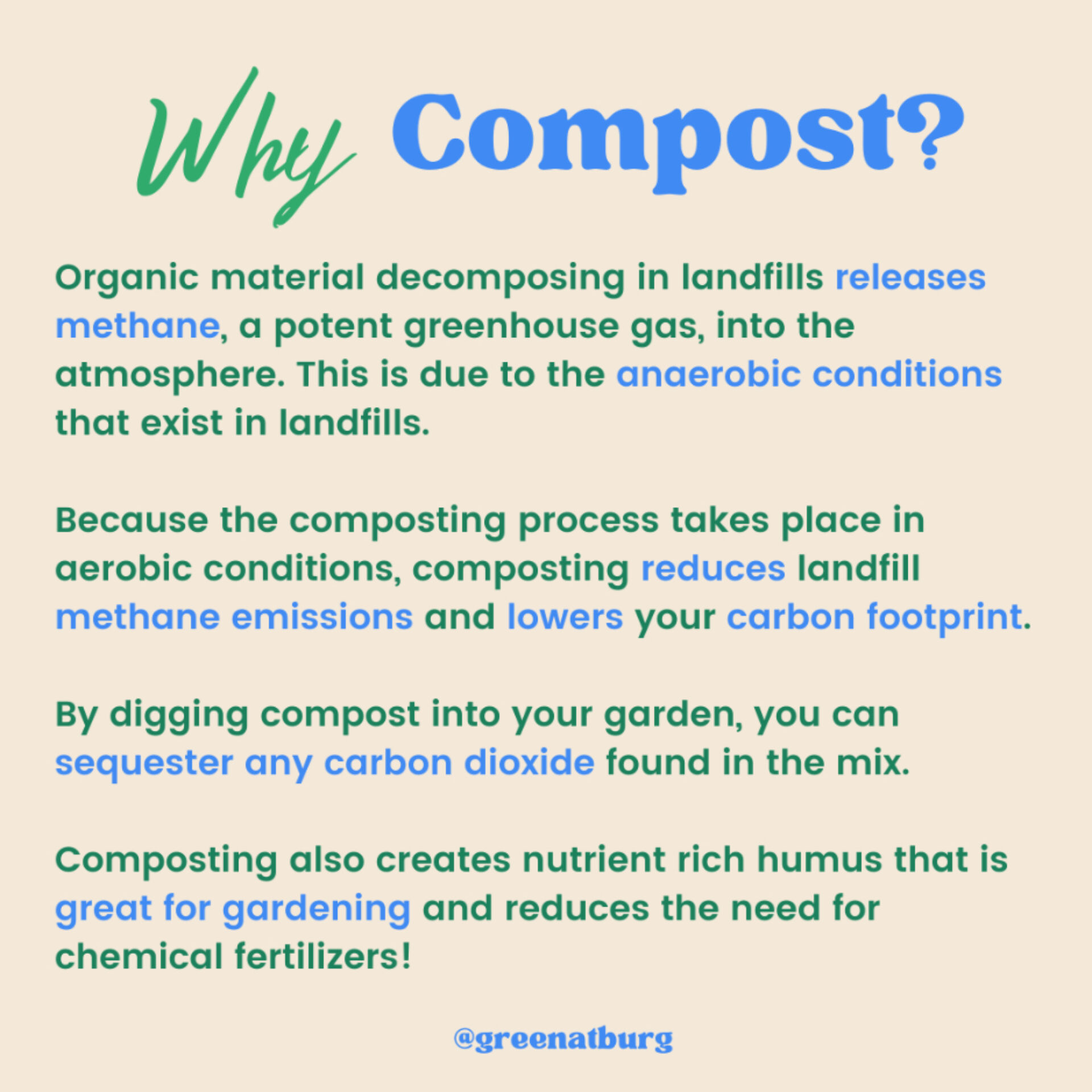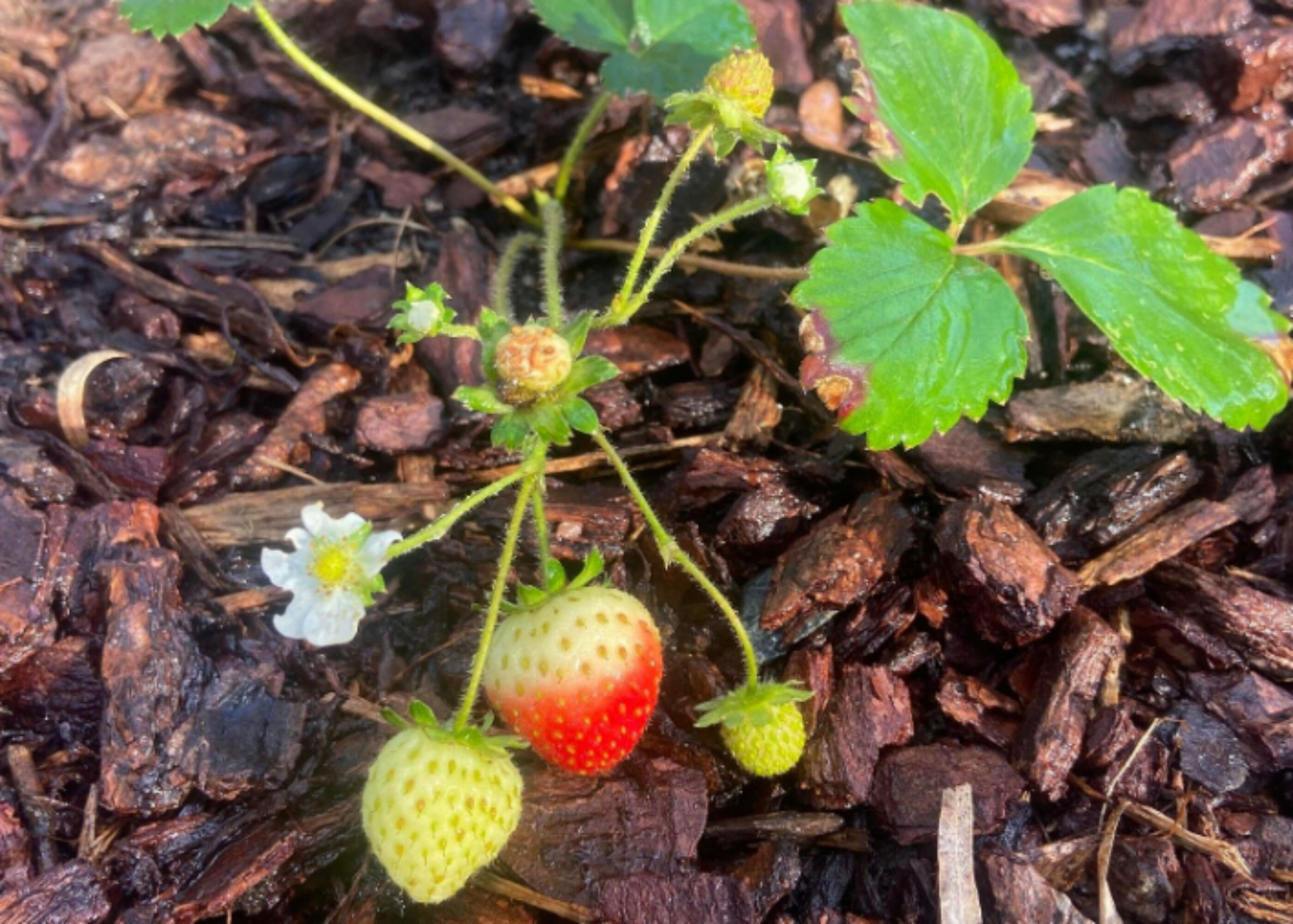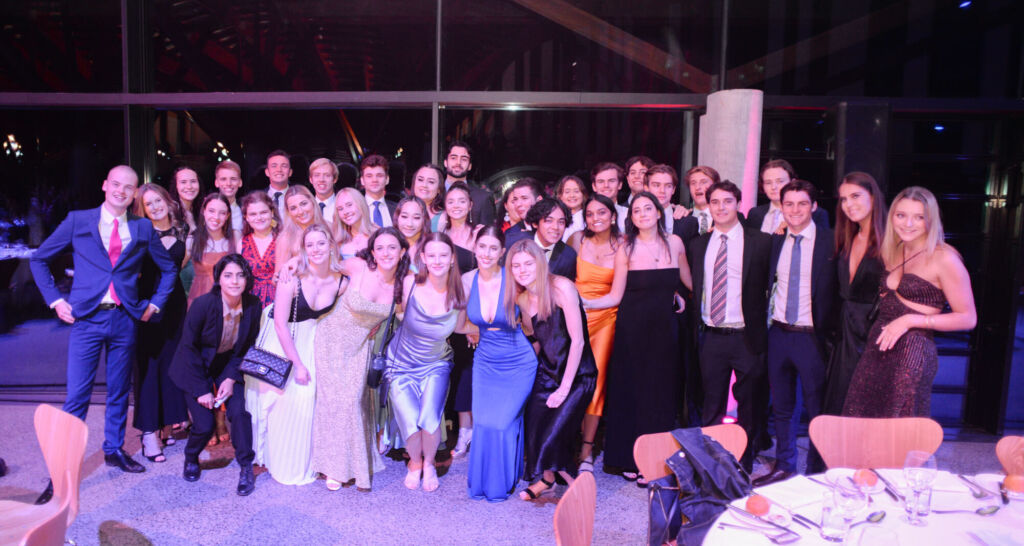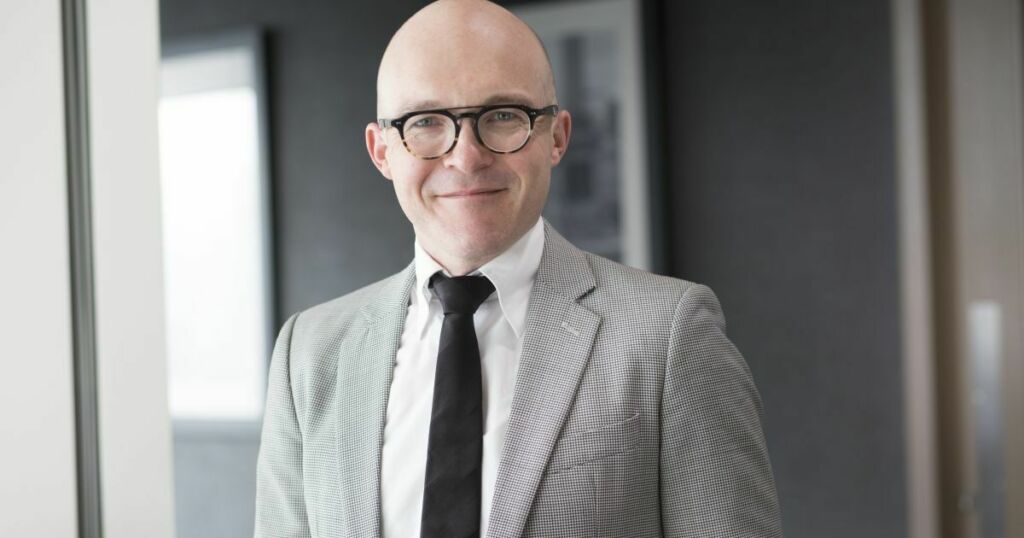An article by Burgmann College residents and Green Committee members Patrick Gleeson, Aleisha Knack, Simone Antich.
Monday morning rolls in again and you wake up to find there’s 30 minutes left before your next class. You throw on an outfit and leave in a hurry, forgetting to turn down the heating in your toasty room. Once in the dining hall, you find out that you weren’t all that hungry and scrape the remaining porridge into the general waste bin. But your drowsiness has not worn off. Your whole body – heck, even your soul is calling for coffee. You stop by the coffee machine and fill a disposable cup with a double shot.
University students have a lot of responsibilities to balance throughout the semester and sustainability is not always at the top of their list. For this reason, Burgmann’s Green Committee works hard to create awareness, promote solutions and institute changes that lower the college’s environmental footprint whilst being compatible with the fast-paced life of our residents.
Established in 1971, Burgmann College is a residential college at the Australian National University. Approximately 300 undergraduate and 50 postgraduate students call this place home throughout the semester. Burgmann is split into a main undergraduate building including admin offices, a dining hall and multiple study spaces, as well as a postgraduate “Village” with a mix of one-, two- and five-person flats.
Over the past decades, the college has seen intermittent action around sustainability, and its major environmental impact categories have remained heating, waste and consumption. These primarily arise from the 50-year-old building infrastructure and existing community habits (or lack thereof). The committee has been gaining momentum in addressing these issues over the past few years, and in 2022 they are the focus of our five portfolios – nature, waste, lifestyle, data and food.
Emissions
The college’s emissions stem from heating (more on this later), food and general waste, with both of the latter contributing to landfill and the production of more goods. This year we’ve been addressing food emissions with a range of initiatives, including meat-free Mondays, the option for reduced serving sizes, and composting.
Meat-free Mondays have been a great success, with dinners on Monday night being completely meat free. Studies conducted by the Climatic Change journal and Regional Environmental Change journal have indicated that livestock production accounts for roughly 30% of current global biodiversity loss and 14.5% of total greenhouse gas emissions. Additionally, not all meats are created equal; beef produces more than twice the emissions per kilogram as any other form of protein, and our focus with our kitchen contractor, Chartwells, has been to shift towards chicken and fish.
Chartwells is an external for-profit company who run the college’s kitchen and catering, and are constrained by both profitability and their contract with Burgmann. Nevertheless, we have been elated to have the support of our previous head-of-kitchen Troy, and current head-of-kitchen Tanya, in recognising the combined financial, social and environmental benefits of several initiatives this year, and hope this continues into the future. We’ve also worked with Chartwells to gather and implement feedback (polls, conversations, surveys) from the community on vegetarian meals, so we can improve and diversify vegetarian food to make it easier for people to shift down the scale from high to low food emissions.
The two sources of food waste to consider are plate waste from residents and preparation waste from the kitchen, a division suggested by alumnus Michael Mobbs (1971-1973). We haven’t considered a third category, spoilage, as this is currently minimal in comparison. In an effort to minimise food waste at its source, we have encouraged students to request smaller serving sizes if they are not feeling too hungry; here we owe thanks to Tanya for also promoting a conscious, positive attitude to serving interactions among her kitchen staff. In 2021 we trialled manual plate-waste compost collection, and after searching for a more long-term solution we have now established a weekly scraps collection through the external composting company GoTerra.
Chartwells already does a solid job of minimising prep waste for its financial benefits, and the GoTerra scheme sees both this waste and all dining hall plate scrapings sustainably decomposed – including meat, bones and cardboard containers as well as the more typical plant foods. The college also has two small compost bins in the Village, and after discussing sustainability with Michael Mobbs we have been looking into CoolSeats as an aesthetic way to boost this compost capacity. The kitchen has also implemented a digital waste-tracking system, Leanpath, which will make it easier to remain accountable for progress and the remaining improvements to be made. We’ve begun publicising our daily and weekly waste totals, and have already seen a reduction!
Other waste
Burgmann is involved in several other initiatives to reduce product consumption. Canberra touts an excellent return-and-earn scheme for bottles and cans, and this has been gaining momentum at Burgmann over the past few years. Aluminium in particular is environmentally costly to extract from the ground, and recycling it is of considerable interest. This year we’ve earned $300 from the scheme and will be donating it to Original Power, an Aboriginal and Torres Strait Islander group for sustainable community development. Most importantly, the ingraining of return-and-earn bins into the college culture has helped to raise awareness of sustainability in a wider sense, and it has been wonderful to see returning become a college habit.
Another initiative that we implemented to address the issue of food waste was the Clothes Swap in early semester 2, receiving a large number of clothing donations otherwise destined for landfill. The event drew a lot of excitement and we hope to continue the event each semester and expand it to household items such as storage items, bags and/or accessories to reduce Burgmann’s textile and product waste even further. We have also recently established a set of communal clothes racks so that swapping can continue on a casual basis.
Promotional activities
To get more student engagement in sustainability, the green committee has focused on promotional activities that advertise both what we do and the environment as a whole. A small group within the committee run the Instagram and Facebook pages which share information on all things green and event details that involve our work. We also ran a campfire in semester one, which was a really fun event that saw students enjoy some snacks and hot chocolate whilst chatting about all things green and in between around the warm fire. Although not making a direct impact, it provided a platform to promote the committee in the community and hopefully engage more interest in what we do.
Our community garden is a project that another small group of us in the community have focused on to promote home gardening among students with the hope that they will get behind this initiative when they move on from Burgmann. In August we applied to the ACT Government for a grant to expand the work we do in the garden and contribute more to sustainable food growth within our community; though unsuccessful, we will continue to promote gardening at college and hope to reapply for the grant in future years. In mid-August we also hosted a sustainability panel, hearing from Kirsten Duncan from the Canberra Conservation Council and from ANU environmental-economics researcher Dr Emma Aisbett, about the big-picture challenges and opportunities surrounding sustainability in the coming decades. We finished the year with a Sunday afternoon picnic at the National Botanic Gardens (which are right on our doorstep), and were lucky enough to have fine weather.
Where to go from here?
As is typical with sustainability, the biggest problems to tackle at Burgmann are cultural and infrastructural. Heating is a necessity during Canberra winter, but is far from efficient in the college’s old building - including both central gas heating in our undergraduate wing, and individual electric heaters throughout the Village. Improved heater efficiency and building insulation, double-glazed windows, replacing old lights with LEDs and starting the heating later and ending it earlier each year are the best solutions and will require cooperation between resident cohorts due to their high turnover.
Long-term tasks include changing resident habits around heating, recycling and water use, and flagging sustainable development with the college’s long-term planning committee to ensure that future construction and renovation addresses the issues identified above.
There remains much to be done in future, and we sincerely believe that Burgmann College can rise to the challenge.

